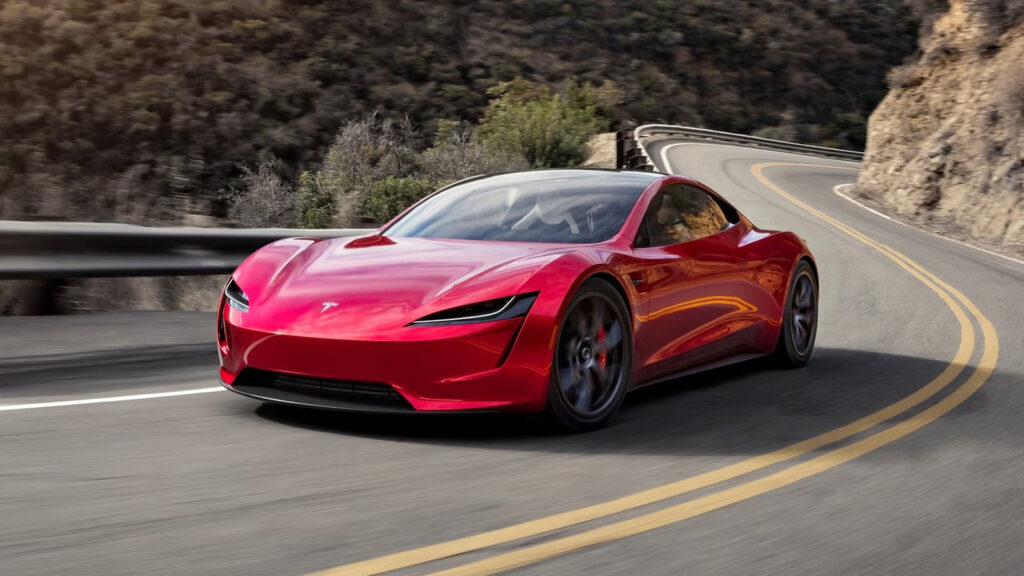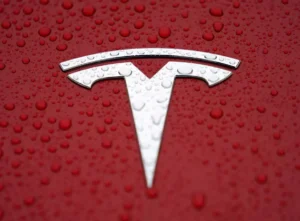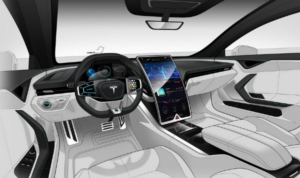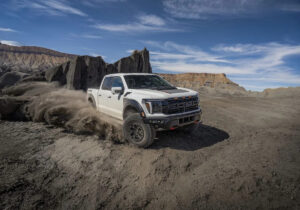Tesla Roadster: Elon Musk yesterday pledged to release a new Tesla Roadster that will run on rocket power and be able to accelerate from 0 to 60 miles per hour in less than a second. The rocket business SpaceX is owned by Musk.

The astounding assertions were made by Musk during an interview with former CNN host Don Lemon, which was uploaded to Lemon’s personal account on Musk’s social media platform X (formerly Twitter).
The Tesla Roadster: What Is It?
Aside from a minor update to the Model Y SUV that is anticipated this year, Tesla’s next new vehicle will probably be a revival of its original design.
read more: Tesla Cybertruck Price 2024.?
Tesla offered the Tesla Roadster, a compact, open-top two-seat vehicle, for sale from 2008 until 2012. It helped popularize the idea that electric motors might produce lightning-fast acceleration. It was constructed on a Lotus Elise chassis.
As early as 2017, the company declared that a second-generation version would be released. Then, publicly available computer-generated imagery depicted a hardtop coupe that defied the conventional notion of a roadster. However, Tesla doesn’t usually bother to adhere to conventional definitions.
Musk has since made promises to deliver the goods in 2023 and 2025. Once more, Telsa is known for its delays. These haven’t been unusual for the majority of automakers given the global supply-chain difficulties caused by the COVID-19 outbreak and its aftermath.
What Is This Rocket Thing?
Musk started making remarkable claims regarding the car’s acceleration as early as 2021. Back then, he stated that, surprisingly, rocket thrusters would be the key.
Musk stated to Lemon, “Look, I don’t want to give away much more than what I’ve said publicly, except that SpaceX and Tesla will be working together to create the Roadster.” “Therefore, expect some rocket-y stuff inside.”
SpaceX option package for new Tesla Roadster will include ~10 small rocket thrusters arranged seamlessly around car. These rocket engines dramatically improve acceleration, top speed, braking & cornering. Maybe they will even allow a Tesla to fly …
— Elon Musk (@elonmusk) June 9, 2018
Would the Roadster be a flying car, Lemon questioned. Musk joked, obviously, and said, “Maybe.”
“The only way to do something that’s cooler than the Cybertruck is to combine SpaceX and Tesla technology to create something that’s not even really a car,” he said, appearing to become serious at that point.
Musk reaffirmed his earlier claim that the vehicle “will do zero-to-sixty in less than one second.” That is significantly faster than any current sports vehicle. The Rimac Nevera is arguably the fastest road-legal vehicle in the world right now, reaching speeds of 0 to 60 mph. The Nevera, another electric car (EV), completes the sprint in 1.74 seconds.
In response to a Facebook question last month, Mate Rimac, the designer of Rimac (pronounced Matt-Tay Ree-Mutts, if you want to seem impressive among car nerds), stated that the claim was “possible with thrusters.” We carried out the simulation.
Can I Utilize Rockets for My Commuting?
Even though the engineering might work, it’s unlikely to be feasible or compliant with the law.
According to The Verge, the thrusters in question might emit compressed air instead of igniting like chemical rockets. They wouldn’t have to be single-use that way. Owners could be able to deploy the thrusters once more if the car could replenish the tanks with air.
However, according to Dave Sullivan, a product analyst at AutoPacific, that “would surely eat away at the energy stored in the battery” and told The Verge. “This concept is not taken into account in the range calculation or test cycle for the range of an electric vehicle.”
The question of whether tires could maintain those speeds without rapidly losing the majority of their usable life raises engineering concerns as well. and issues with noise. And concerns about safety when driving a car with anything that resembles an explosion.
Sullivan remarked, “I can only imagine this would be extremely loud and not street legal.”
Maybe Tesla Just Has To Show It Once.
Reusable, feasible, and legal rockets mounted atop a vehicle seem improbable.
However, Tesla loves attention and audacious promises. Seldom does it have to demonstrate that its assurances are realistic.
Prior to its official release, Musk advertised the Tesla Cybertruck, promising features including a 500-mile all-electric range, a 14,000-pound towing capability, bulletproof body panels, and a price around $40,000. All of those claims were missed by the completed car.
The company then unveiled the truck with a series of dramatic videos showing it performing various feats like winning a tug-of-war with a Ford F-150 and beating a Porsche 911 in a drag race while towing another Porsche 911. In vigorous online debates, physicists and auto experts have questioned each of the feats and alleged that most of the videos are, at best, misleading and, at worst, staged.
It doesn’t matter. Tesla has more orders for the truck than it can likely fill for several years.
The Roadster may well be a similar story. Tesla has the engineering know-how to build an EV with Rimac-like performance. The company could then create an optional package using compressed-air rockets to speed acceleration that is both impractical and illegal outside of a closed track.
A video of the system would probably sell a lot of Roadsters to people who would use them in far more practical ways, where they’d likely be fun, attractive EVs and conversation pieces. Even without the “rocket-y stuff.”




Pingback: Elon Musk's $5 Billion Investment in xAI: A Game-Changer for Tesla? - AutoBuzz